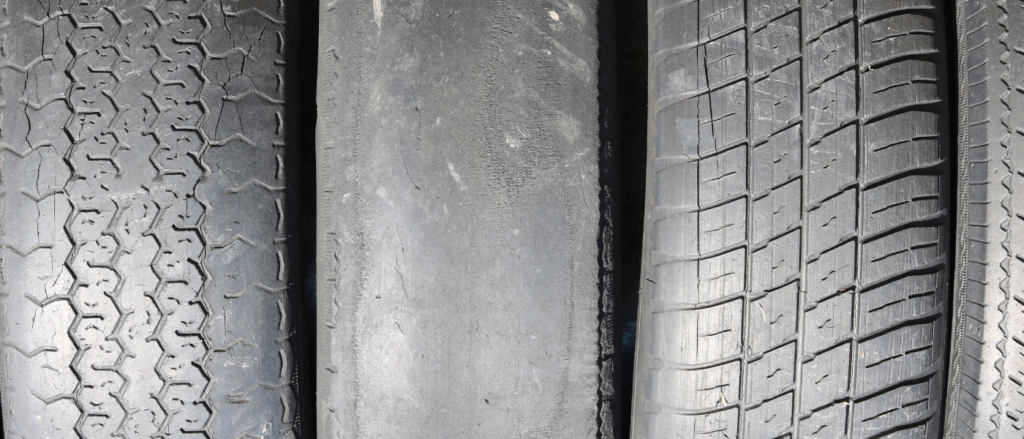Your cart is currently empty!
When Should You Replace Your Tires?
Knowing when to replace your tires is crucial for maintaining safety on the road. In this article, we’ll go over some guidelines on when to replace tires and how to check tread depth.

- Tread Depth: Tread depth is a key indicator of tire wear. The minimum legal tread depth in most regions is around 2/32 of an inch. However, for optimal safety, it’s recommended to replace tires when the tread depth reaches 4/32 of an inch or less. Here’s how to check tread depth:
- Use a tread depth gauge: This tool provides an accurate measurement of the remaining tread depth. Insert the gauge into the tread grooves and read the measurement.
- Use a coin: Insert a penny into the tread grooves with Lincoln’s head facing down. If you can see the top of Lincoln’s head, the tread depth is too shallow, indicating the need for replacement.
- Tire Age: Regardless of tread depth, tires should typically be replaced every 6 to 10 years, even if they appear to be in good condition. Rubber deteriorates over time, leading to reduced performance and safety. You can find the manufacture date of a tire stamped on its sidewall, usually in the form of a four-digit number indicating the week and year of manufacture.
- Visible Signs of Wear: Inspect tires regularly for visible signs of wear, such as cracks, cuts, bulges, or uneven wear patterns. These can indicate potential issues with the tire’s structural integrity and may require immediate replacement.
- Driving Conditions: Driving habits and conditions can impact tire wear. If you frequently drive on rough roads, uneven terrain, or in extreme weather conditions, your tires may wear out more quickly and require more frequent replacement.
- Handling and Performance: Pay attention to changes in handling, braking, or noise levels while driving. Worn tires can negatively affect vehicle performance and safety, so if you notice any unusual behavior, it may be time to replace your tires.
In summary, regularly inspecting your tires for tread depth, visible signs of wear, and age, along with paying attention to driving conditions and performance, will help you determine when it’s time to replace them. Prioritize safety and replace tires promptly when they show signs of wear or aging.






